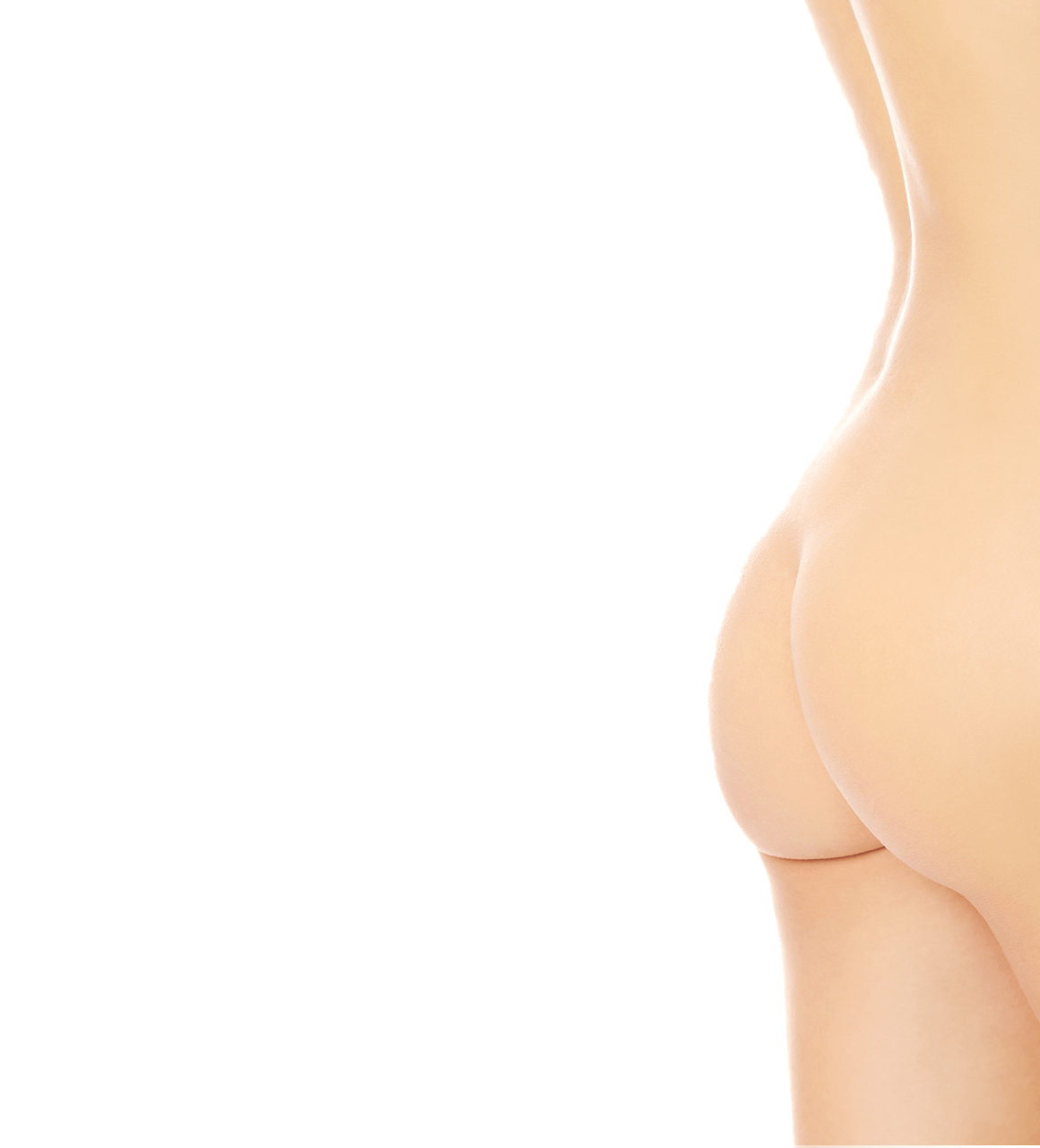Liposuction
Most people have those stubborn little areas they wish they could change and liposuction could provide a solution. Also known as liposculpture or suction-assisted lipectomy, it is a surgical technique which removes unwanted fatty deposits.
Uneven distribution of fat is usually due to the tendency of the body to deposit fat in one area; most commonly this is the hips although other areas include the neck, arms, tummy, loins, thighs, inner side of the knees and the ankles. Issues also can stem from the growth of a benign fat tumour, called a Lipoma: in men these are often the cause of fatty deposits which develop under the nipples and may resemble breasts (gynaecomastia).
What does the procedure involve?
The surgery consists of inserting a narrow metal tube (cannula) through a small incision in the nearby skin, which is attached to a strong vacuum pump, the tube is then drawn back and forth within the area of excess fat and it is this process which removes the tunnels of fat. The procedure leaves your small blood vessels and nerves intact, allowing the skin to retract and the body to heal. There are slight variants in the way this procedure is carried out according to each individual patient but your surgeon will inform you of which method is suitable for your treatment.
When a significant amount of fat has been removed, you will be required to wear an elasticated garment for six weeks.
Is this treatment right for you?
If you have a localised area of fat, it is possible to reduce its bulk by liposuction.
What are the limitations?
Fat cells are thought not to be regenerated in adult life so therefore there are less fat cells remaining after liposuction. Unfortunately these remaining cells are able to store more fat. After treatment, patients are reminded that sensible eating and regular exercise will assist them in retaining their shape and prevent the treated areas from enlarging again.
Post Operative Recovery
Liposuction does cause considerable bruising, which will be uncomfortable and, at times, painful. The larger the area treated, the greater it will be and naturally, some people do bruise more easily than others. The discolouration of this bruising may last for up to one month, and the deeper bruising which causes swelling can take up to six months to disappear, particularly when the abdomen or ankles have been treated.
As swelling can take a long time to settle, you may not see the full benefit of the operation for up to six months. Rarely, a greyish stripe can discolour the skin for several months and it is more commonly seen when the ankles have been treated. You can expect some numbness in the treated skin, which lasts for several months.
You will have small scars less than 1cm long at the sight of insertion of the suction cannulae. There is a small risk in some people that these scars may stay red for a while, but they are usually sited in less-obvious areas so are rarely a cause for concern. If you are having treatment to your legs, you may find that your ankles are swollen for a few weeks, and if your ankles themselves have been treated they may stay swollen for a few months.
The Wilson Clinic provides full aftercare to quell any post-operative concerns you may have.





